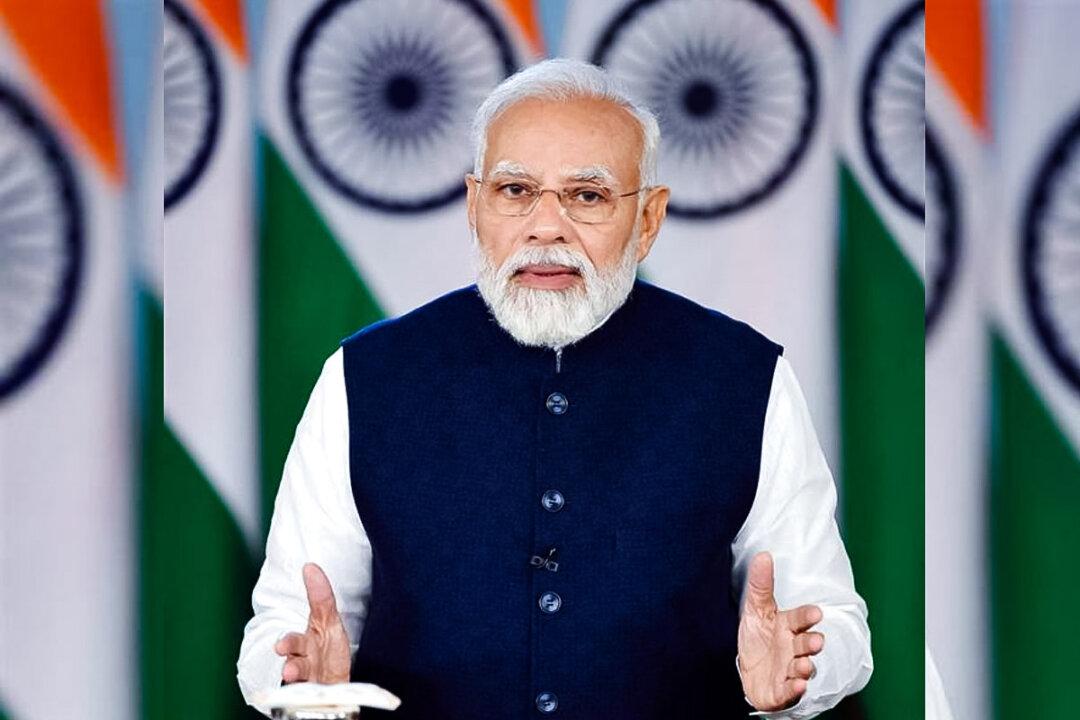NEW DELHI—Indian Prime Minister Narendra Modi laid the foundation for three semiconductor plants worth more than $20 billion on March 13. The prime minister said the projects “will help India to become a global semiconductor hub.”
The three plants include a collaboration with a Taiwanese and a Japanese corporation. They will join India’s first high-end semiconductor fabrication plant, by U.S. chipmaker Micron Technology Inc., which is expected to be ready by year’s end.





